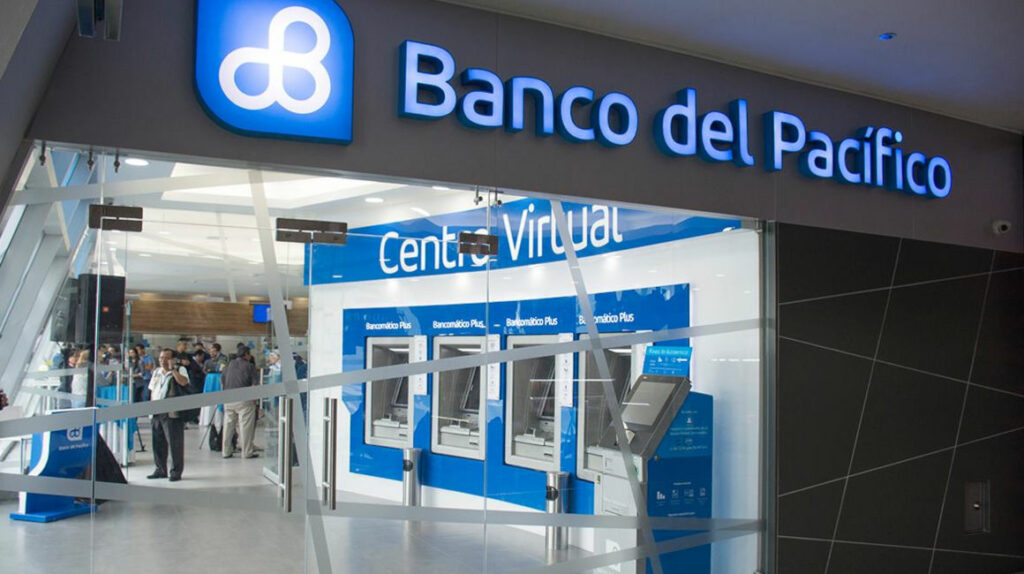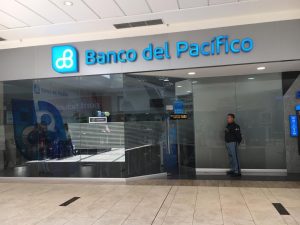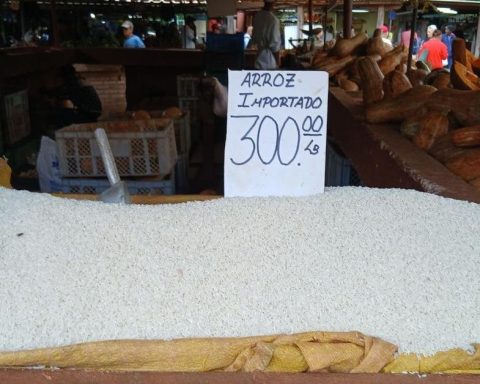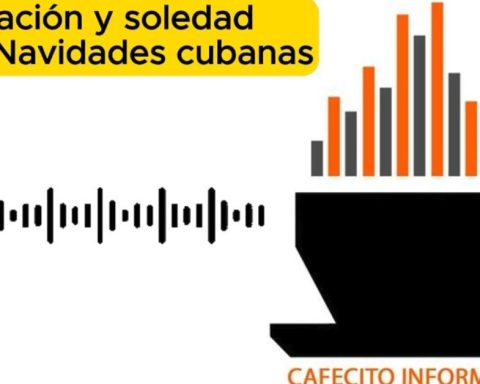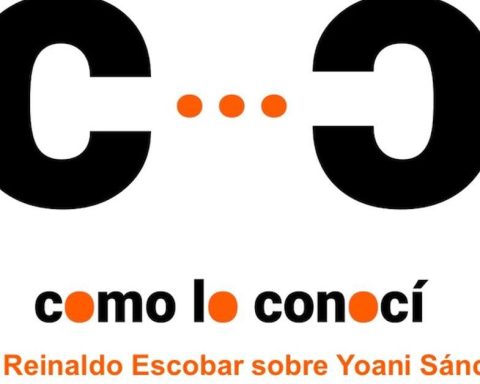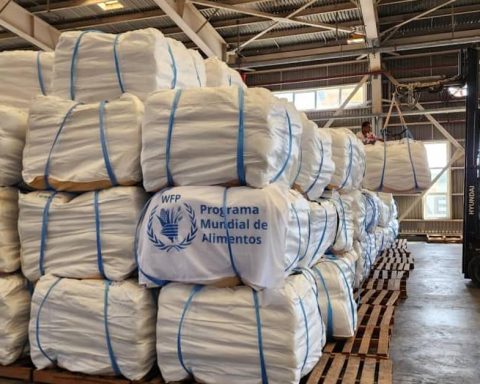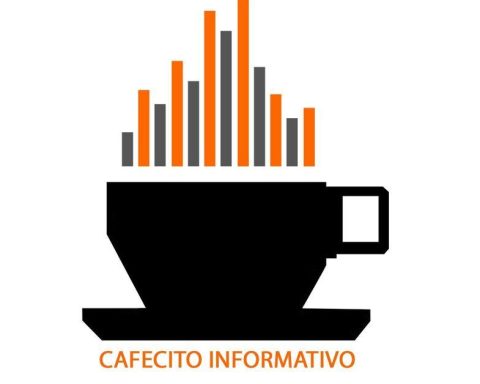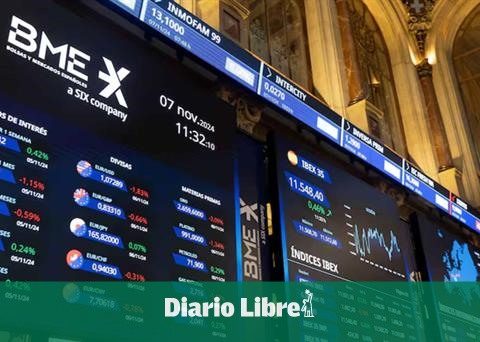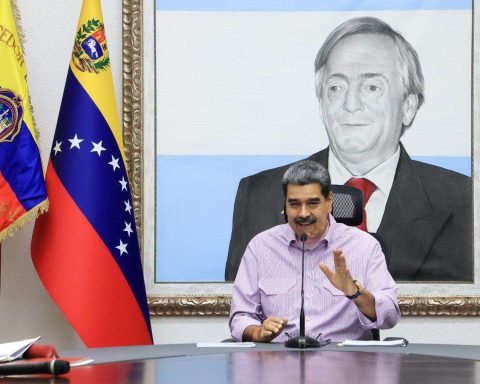In the last 13 years, the financial institution increased its operating expenses by more than 484%, but fell from the first to the sixth place in levels of efficiency, coverage and profitability.
The sale of Bank of Pacific It has been in the public debate for at least the last seven years. As of 2015, after the growing model was exhausted public spending and debt, began to talk about selling and concession state assets.
In 2016, former President Rafael Correa assured, for example, that he would sell the Bank of Pacific to “generate liquidity” and cover the cost of rebuilding the areas destroyed by the 2016 earthquake.
However, that was just a circumstantial excuse. The underlying problem had to do with the fact that mismanagement, more related to politics than to technique, had turned this institution into an apparently profitable business, but full of problems.
Roberto González Müller, current executive president of the financial institution, explained that, in the last 13 years under state administration (CFN is the majority shareholder), three aspects deteriorated.
First of all, operating expenses They skyrocketed without justification from $ 45 million to more than $ 230 million. The payroll, at its highest peak, went from 1,500 to 3,700 people; but the quality of the service and the agility and efficiency of the processes did not improve substantially.
Around $ 20 million a year was also spent on sponsorships and advertising campaigns with no profit and no profit for the bank. All as a consequence of political decisions
Likewise, although the loan portfolio grew, income did not grow at the same level, because the institution was forced to take on a poor-quality portfolio from other entities (Banco Ecuatoriano de la Vivienda and Banco Capital).
In addition, credit campaigns were launched that exceeded their capacities and structure such as social housing, public interest housing, vendors, educational, among others.
Between $ 600 and $ 800 million from the sale
On December 3, 2021, during a meeting with the Association of Municipalities of Ecuador (AME), the President of the Republic, Guillermo Lasso confirmed that it is expected to sell the Bank of Pacific over the next year.
This sale could generate income of between $ 600 and $ 800 million that, according to the President, will be used to finance a sustainability fund for the fight against child malnutrition.
Alberto Vinueza, an economist with more than 15 years of experience in the banking sector, commented that this sale, beyond the extra income, would be the best opportunity to open the market to foreign competition.
“The Government must concentrate on finalizing the merger between BanEcuador and the National Finance Corporation (CFN); and not encompass more institutions than it can handle efficiently. The focus should be on microcredit and agricultural credit where Banco del Pacífico has not been able to have an impact, ”he said.
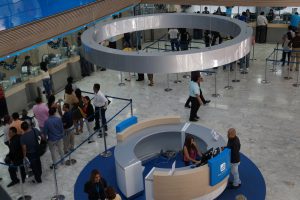
Interest rates do not fall due to state pressure
Political sectors such as UNES and Pachakutik, and even from citizen platforms such as Piensa Ecuador, it has been repeated that selling Bank of Pacific It is a bad decision because that institution fulfills the function of rregulate the interest rates in the country.
In other words, it is ensured that thanks to state management, lower rates can be established than the rest of the private banks and thus balance the conditions of payment. access to credit.
However, with cut-off to October 2021, for example, educational credit has an average cost of 8.81%, according to the Association of Private Banks (Asobanca); but the Banco del Pacífico offers 9.5%.
Even in consumer loans, the difference is 16.53% compared to 16.36% for other institutions.
In the case of microcredit, despite offering a lower cost (18.64% versus 20.43%), the amount delivered does not exceed $ 10 million compared to a total portfolio of more than $ 4,000 million. (JS)
En 2007, Banco del Pacífico era el primero en eficiencia, rentabilidad y cobertura; pero ahora ocupa el sexto lugar en todos esos indicadores.
Banco del Pacífico tiene activos por $7.030 millones, solo por debajo de Banco Pichincha con más de 12.500 millones en activos.
Two Peruvian groups have shown interest
With around 2.5 million clients and deposits of more than $ 5,000 million, Banco del Pacífico is in the crosshairs of two Peruvian economic groups.
One of them is Intergroup Financial Services (IFS), which is managed by businessman Carlos Rodríguez-Pastor. Within that group is Interbank, which is the fourth largest bank in Peru.
The other interested party is the Romero Group, which is a conglomerate of companies in the food, industry, logistics, infrastructure and trade sectors.
Among its best-known brands is the network of Primax service stations, which has a presence in Ecuador, as well as the food company Alicorp, whose star brand in Ecuador is Don Vittorio noodles.
The interest occurs in a context in which Peruvian capitals are considering Ecuador as a safe investment destination, due to the political and economic uncertainty that Peru is experiencing after the arrival of Pedro Castillo to the Presidency.
